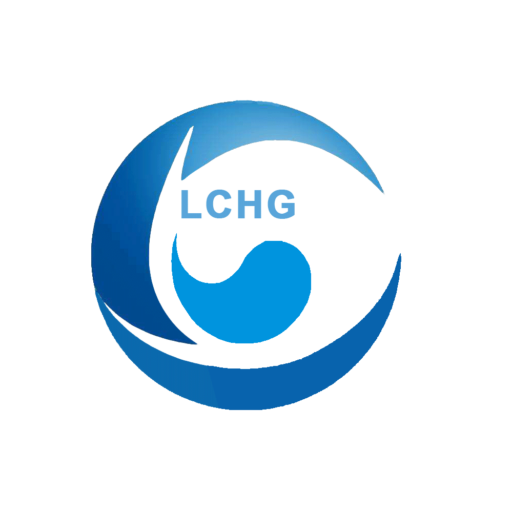UV-Tiefdruckfarben
Tiefdruck ist ein sehr gutes Druckverfahren, Tiefdruck reichen und klaren Schichten, dicke Farbschicht, einheitliche Farbe, hohe Sättigung, helle und lebendige Farbe, kann wirklich reproduzieren die ursprüngliche Wirkung. Aber die traditionellen Tiefdruck-Technologie Tinte festen Inhalt ist niedrig, das Lösungsmittel Verflüchtigung ist groß, so dass der gedruckte Punkt ist nicht voll, Punkt Reduktion Wirkung ist nicht so gut wie Offsetdruck; zur gleichen Zeit aufgrund der Verflüchtigung von Lösungsmitteln, die Konzentration der Tinte ändert, was sich auf die Konsistenz der Farbe der Drucksache. Nach dem Einsatz des UV-Drucks sind diese Probleme vollständig behoben, und der Punktreduzierungseffekt ist höher als beim Offsetdruck.
Flüchtige organische Verbindungen (VOC) Emissionen aus Druckfarben verursachen Luftverschmutzung, Tiefdruck ist die schwerwiegendste. Derzeit geplagt von der Druckindustrie der Welt ist, wie man das Problem der Tiefdruck organischen flüchtigen organischen Verbindungen (VOC) Emissionen vollständig zu lösen.
Länder auf der ganzen Welt sind die Entwicklung und Verwendung von Wasser-basierte Tiefdruckfarbe, Wasser-basierte Tiefdruckfarbe Druck bis zu einem gewissen Grad reduzieren können organische flüchtige organische Verbindungen (VOC) Emissionen. Allerdings ist die Druckwirkung von Wasser-basierte Tiefdruckfarbe, der Druck der Sinn der Hierarchie, Farbschichtdicke, Farbe Einheitlichkeit, Klarheit, Sättigung, Farbe Lebendigkeit, etc. sind nicht so gut wie Lösungsmittel-basierte Tinte. Da der Druck von Druckfarben auf Wasserbasis bei hohen Temperaturen trocknen muss, ergeben sich beim Druck von Lebensmitteln, chemischen und pharmazeutischen Produkten des täglichen Bedarfs sowie von flexiblen Kunststoffverpackungen gewisse Schwierigkeiten.
Tiefdruck und andere Druckverfahren unterscheidet sich von seiner Druckplatte nach Korrosion oder Gravur, die Bildung von vielen unter der Oberfläche der Druckplatte mit unterschiedlichen Volumen der Einfärbung Löcher, diese Einfärbung Löcher bilden die Tiefdruck Druckplatte Grafiken. Im Druckprozess wird die Oberfläche der Tiefdruckwalze in den Farbtank eingetaucht, die Oberfläche der Einfärbungslöcher mit Tinte gefüllt, durch den Schaber wird überschüssige Tinte abgeschabt, nur in den Einfärbungslöchern, die mit Tinte gefüllt sind, dreht sich die Tiefdruckwalze weiter, die eingefärbte Tiefdruckwalze mit dem Substrat und die Presseurwalze in Kontakt miteinander, unter der Wirkung des Drucks, die Einfärbungslöcher in der Tinte in Kontakt mit dem Substrat, durch das Substrat Adsorptionsmittel, wird die Tinte auf das Substrat übertragen. Wenn sich die Tiefdruckwalze weiterdreht, werden die Farbplatte und das Substrat voneinander getrennt, ein Teil der Farbe wird auf das Substrat übertragen, ein Teil der Farbe fließt zurück zum Einfärbeloch und der Druckvorgang ist abgeschlossen.
Im Druckprozess ist der Tiefdruckprozess einfacher als der Offsetdruck, es gibt keine Offsetdruckfarbe und kein Wassergleichgewicht und wird direkt gedruckt, die Farbwiedergabe und Farbkonsistenz ist besser, und die Ausschussrate ist niedrig, der Substratabfall ist geringer, vor allem die Druckbeständigkeit ist viel höher als beim Offsetdruck, die Anzahl der Drucke im Allgemeinen bis zu mehr als 500.000 Drucke, sehr geeignet für den hochwertigen Tabak- und Weinverpackungsdruck. Tiefdruck ist das wichtigste Merkmal der Farbschicht des Drucks ist dicker, in der Regel in der 9 ~ 20μm, fast doppelt so dick wie die Farbschicht des Flexodrucks, der Druck hat ein starkes Gefühl von Dreidimensionalität, klare Ebenen, Farbe und Glanz ist hell und voll.
Kontaktieren Sie uns jetzt!
Wenn Sie einen Preis benötigen, tragen Sie bitte Ihre Kontaktdaten in das unten stehende Formular ein. Wir werden uns in der Regel innerhalb von 24 Stunden mit Ihnen in Verbindung setzen. Sie können mir auch mailen info@longchangchemical.com während der Geschäftszeiten ( 8:30 bis 18:00 Uhr UTC+8 Mo.~Sa. ) oder nutzen Sie den Live-Chat auf der Website, um eine schnelle Antwort zu erhalten.
